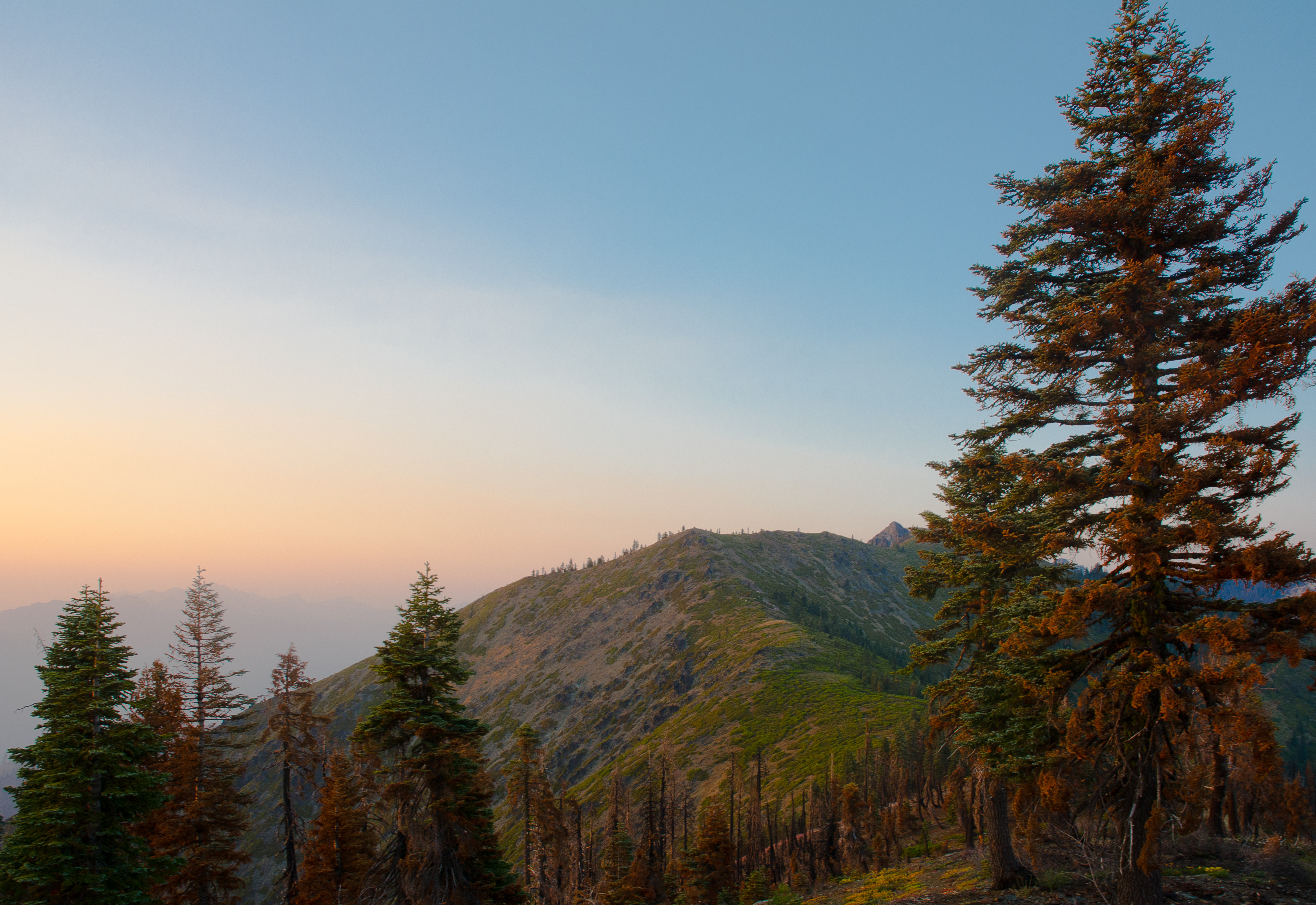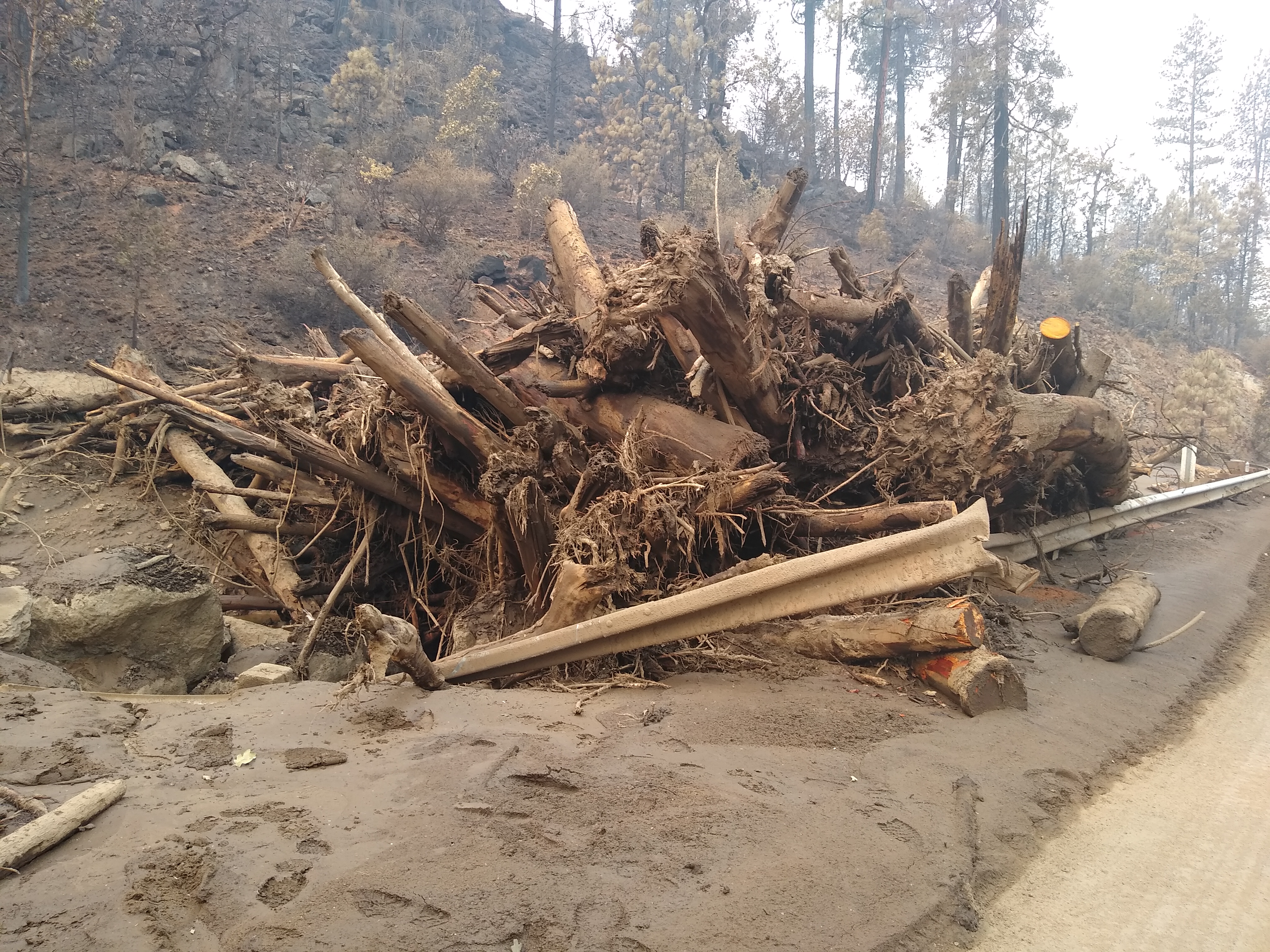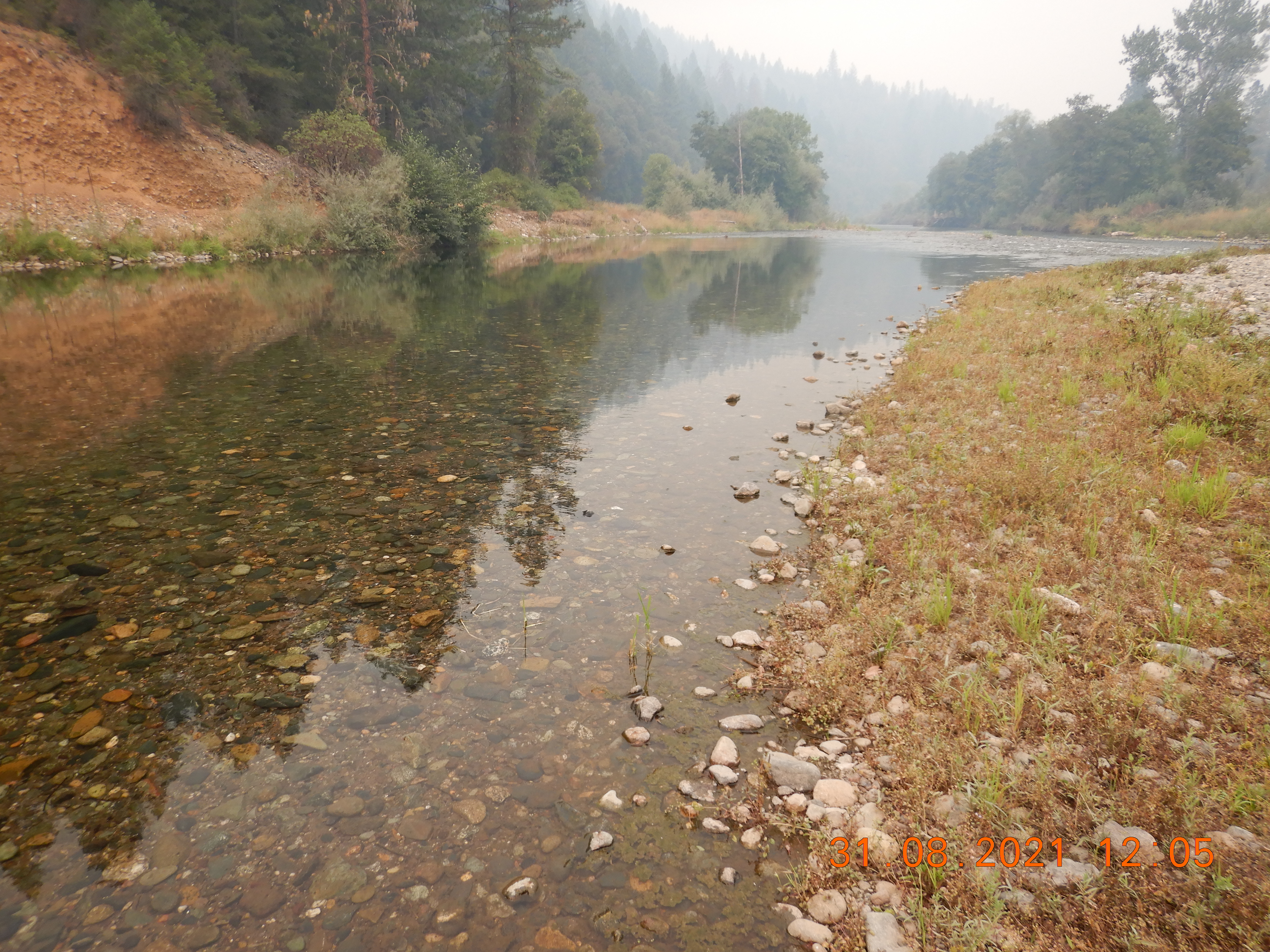Current conversations, media and our own experiences point to fire seasons that are far from ordinary. However, from dendrochronology (the study of tree rings) and other data sources, analysis find that prior to Euro-colonization, multiple millions of acres burned in on average in California. California’s ‘worst’ year in recent history saw about 4.5 million acres burned… which when comparing to historic averages would be within the ‘normal’ range (prior to Euro-colonization). In fact, tree ring scars show that many areas burned as frequently as every 5-10 years! Within the past century, our society along with forest managers have promoted and practiced a prohibition on abundant low-intensity fire, allowing unburned materials to build up in forests and woodlands that along with population increase has set the stage for the complicated relationship now experienced with wildfire.

Most of us who have lived any length of time in the rural west are stressed about wildfire through the summer and well into the fall. We endure smoke, dramatic headlines, helicopters flying over, evacuations, and too many of us witness damage to places we hold dear, including our own properties. Forests that have not yet been touched by fire are heavily loaded with dead wood, leaves, and duff ready to become an inferno at any moment. Where fires have burned there is often a heavy load of grasses, frequently mixed with the woody remnants of trees from the last fire. Everywhere we go, organizations involved with fire share dramatic photos of conflagrations consuming tall trees. And then we see flashfloods over fresh burns like with the McKinney Fire dumping sediments into rivers so thickly that it kills fish. It seems we are smothered in news of devastation from wildfire!
But let’s step back for a little perspective. Wildfire is nothing new to the west. Even before the first people set foot on these lands, our forests burned frequently from lightning strikes. These forests evolved with wildfires. As tribes developed, their people lived with wildfires, found prosperity from them, and learned to manage the land by intentionally setting fires.

20th century fire suppression has led to a build-up of dense forests, dead wood, leaves, and duff that fuel wildfires to be more destructive. Yet even with that build up, wildfires are often not all bad. Did you know that 66% of the 224,688 acre 2021 Monument Fire burned at low-intensity or lighter? Yes, the 34% of moderate- to high-intensity burn is visually striking as we drive highway 299, but that 66% of low-intensity improved the health and the resiliency of the forest. This mix of severities is typical for fires in our region. Even before fire suppression led to fuel loading, some amount of high-intensity burn was natural.
Photo: Debris flow piled against a bridge on Little Humbug Creek, a tributary to the Klamath River, during the 2022 McKinney Fire. Photo by E. Peterson.
This maintained relatively open forests and woodlands, and kept mountain meadows functioning as wetlands to feed headwater streams. Natural wildfires tend to become more intense as they go upslope. Look to the Trinity Alps where most mountain tops remain open and rocky. Many peaks have sufficient soil among the rocks to support trees, and some scattered trees growing near the top of Thompson Peak demonstrate that the Trinities have no true elevational tree line. But trees do grow slowly on those peaks and high intensity fires have historically happened often enough to keep those peaks mostly bare.
From dendrochronology (the study of tree rings) and other data sources, most analysis suggest that prior to Euro-colonization, multiple millions of acres burned in on average in California. Our ‘worst’ year in recent history saw about 4.5 million acres burned… which would be within the ‘normal’ range prior to Euro-colonization. Tree ring scars show that many areas burned as frequently as every 5-10 years! But we stopped that abundant low-intensity fire, allowing unburned materials to build up in forests and woodlands, setting the stage for the conflagrations we now see.
Frequent low intensity fires keep those fuels cleared out forests and woodlands. It also helped keep them from getting too dense, promoting the growth of large older deep-rooted trees while minimizing the number of young upstarts that dry out the surface soils. By keeping pines and firs out of oak woodlands, these fires promoted habitat for deer and other wildlife. For these reasons, tribes managed the lands in California with fire.

Smoke has a surprising value too! Although unpleasant to our lungs, smoke cuts the intensity of sunlight hitting the ground. Not only does it cool air temperatures during summer afternoons, it also cools the water in our streams and rivers. Local research in the Klamath/Trinity River system found that smoke can cool our rivers by 2.4°C (4.3°F). That difference can be critical for Spring-Run Chinook hanging out in deep pools in the middle of summer! There is a lot of data to suggest that these rivers once had more Spring-Run Chinook than Fall-Run. It would be interesting to know how much the millions of acres burning each year contributed to the abundance of Springers back then!
Photo: Smoke on the Trinity River near Junction City, August 2021. Photo by E. Peterson.
So one of the big questions of our time is… how do we get back to healthy systems that function well (and safely) with fire?
References and Further Reading
- Asarian, E. 2024. Water temperatures in the Klamath-Trinity Basin: flow, other key drivers, and climate change implications. Presentation on 2024-05-01, Science Symposium of the Trinity River Restoration Program. Riverbend Sciences, Arcata, California. Available: https://www.trrp.net/library/document?id=2647.
- Salmonid Federation Restoration. Fire and Fish Workshop and Information
- Scott L. Stephens, Robert E. Martin, Nicholas E. Clinton, Prehistoric fire area and emissions from California’s forests, woodlands, shrublands, and grasslands. Forest Ecology and Management. Volume 251, Issue 3. 2007. Science Direct.com
- Trinity River Restoration Program Featured Article: Sediment and Summer Thunderstorms. The River Riffle, July 2023.
- Gruell, George E. Fire in Sierra Nevada Forests: A Photographic Interpretation of Ecological Change Since 1849. Mountain Press Publishing Company, 2001
- Fire in California’s Ecosystems. (2018). United States: University of California Press.
